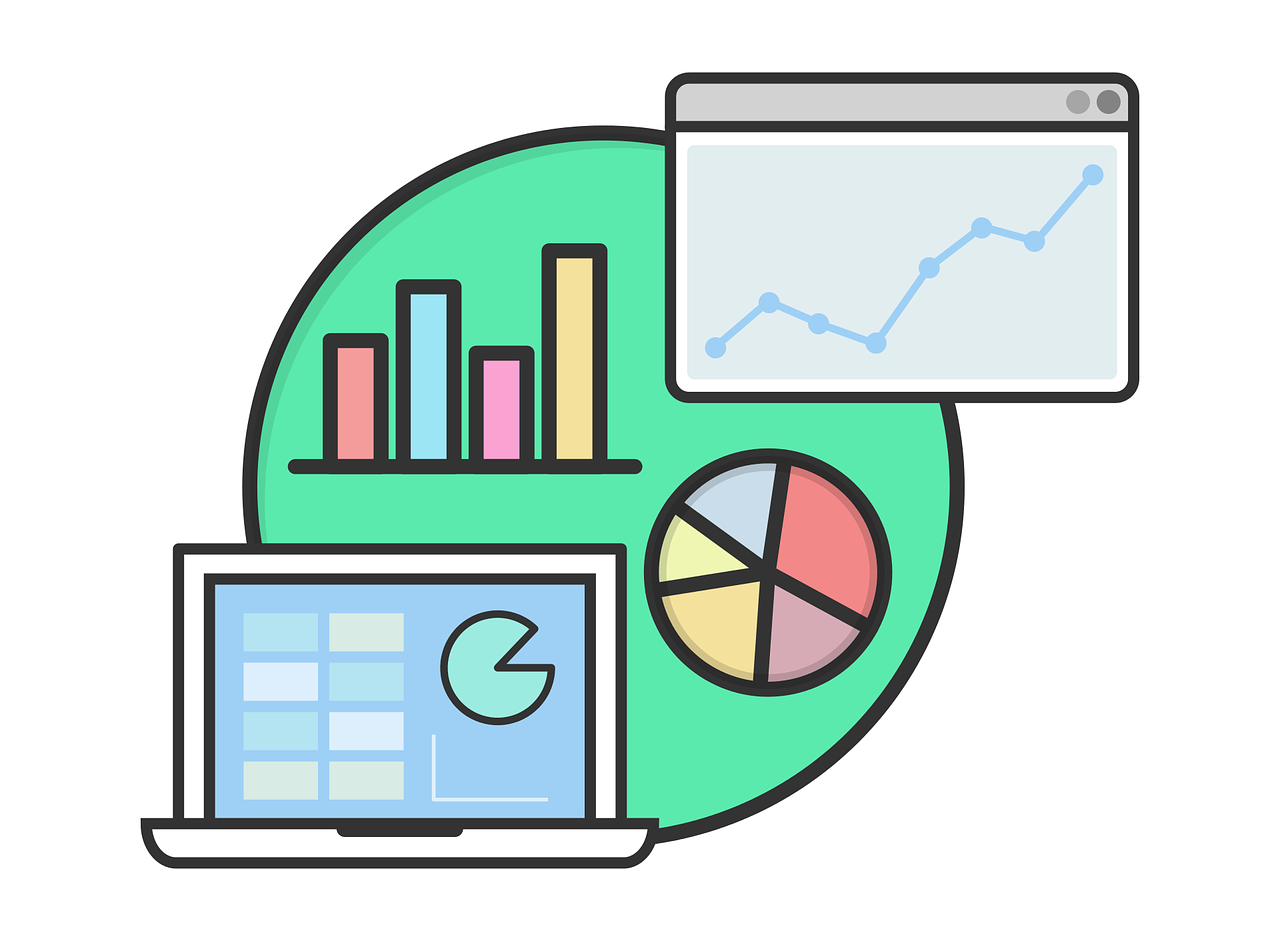Hello Data Analysts! Today, let’s delve into the fascinating world of indexing and explore why it holds tremendous significance in our data-driven era. Join me on this enlightening journey as we unravel what indexes are, why they are essential, and the meticulous process of creating them.
Creating Index is the art of condensing complex data into a single numerical value or score. It serves as a powerful tool to measure, track, and evaluate performance across various domains, be it education, healthcare, sustainability, or beyond. By distilling multifaceted information into a standardized format, indexes allow us to gain meaningful insights and make informed decisions. 📈💡
Why are indexes so important, you may ask? Well, let me shed some light on their significance:
Simplification and Synthesis: Indexes simplify the overwhelming volume of data we encounter daily, transforming it into concise and easily understandable formats. By capturing multiple indicators in a single value, they provide a comprehensive snapshot of performance and outcomes.
Comparative Analysis: Indexes facilitate benchmarking and comparison across different contexts, regions, or time periods. They enable us to identify trends, best practices, and areas for improvement, empowering us to drive positive change.
Decision-making and Accountability: Indexes serve as decision-making tools, guiding us in allocating resources, setting priorities, and formulating strategies. They enhance accountability by establishing measurable targets and enabling stakeholders to evaluate progress and impact.
Communication and Engagement: Indexes have a remarkable ability to communicate complex information effectively. They engage stakeholders by providing a common language and visual representations that promote understanding, dialogue, and collaboration.
Now, let’s explore the intricate process of creating an index:
Indicator Selection: Identify key indicators that align with your objectives, reflecting the essential aspects of the subject matter. Ensure they are specific, measurable, and relevant to the context.
Data Collection and Analysis: Determine the data collection methods and sources for each indicator. Collect, clean, and analyze the data to calculate sub-indices, employing appropriate weighting and normalization techniques.
Weighting and Aggregation: Assign weights to indicators based on their relative importance, considering expert opinions, stakeholder inputs, or statistical analyses. Aggregate sub-indices into an overall index score using the defined weights.
Interpretation and Reporting: Interpret the index results, highlighting strengths, weaknesses, and areas for improvement. Communicate the findings through clear and engaging reports, visualizations, or dashboards that cater to the diverse needs of stakeholders.
Continuous Improvement: Embrace the iterative nature of index creation. Regularly review and refine the index based on emerging needs, lessons learned, and changes in the environment. Foster a culture of learning and adaptability.
Example: Education Quality Index
The Education Quality Index (EQI) is designed to assess and measure the quality of education in a specific region or country. It aims to provide a comprehensive and standardized evaluation of key indicators related to educational performance and outcomes. Here’s an example of how the EQI could be constructed:
1. Indicator Selection:
– Student Achievement: Average test scores in core subjects (e.g., mathematics, language).
– Enrollment and Attendance: Gross enrollment rate and attendance rate.
– Teacher Quality: Proportion of qualified and trained teachers.
– Infrastructure: Adequacy of classroom facilities, libraries, and laboratories.
– Curriculum and Pedagogy: Alignment with national standards, teaching methodologies.
– Equity: Disparities in access and outcomes among different socio-economic groups.
– Parental and Community Involvement: Level of parental engagement and community support.
2. Data Collection Methods:
– Student Achievement: Administer standardized tests to a representative sample of students.
– Enrollment and Attendance: Collect data from educational institutions and attendance records.
– Teacher Quality: Survey teachers and collect data from educational authorities.
– Infrastructure: Conduct school inspections and collect data from educational authorities.
– Curriculum and Pedagogy: Review curriculum documents and interview teachers and officials.
– Equity: Analyze data on enrollment, participation, and achievement disaggregated by demographics.
– Parental and Community Involvement: Conduct surveys and interviews with parents and community members.
3. Data Analysis and Weighting:
– Assign weights to each indicator based on their relative importance, considering local context and stakeholder inputs.
– Normalize the data to a common scale (e.g., percentage, index) for comparability.
– Calculate sub-indices for each indicator and aggregate them using appropriate weighting schemes (e.g., equal weights, expert judgments, stakeholder consultations).
4. Index Calculation and Reporting:
– Combine the sub-indices using the established weights to calculate the EQI score for each region or country.
– Present the EQI scores in a concise report or visual format, such as a scorecard or dashboard, to facilitate understanding and comparison.
– Provide analysis and interpretation of the EQI scores, highlighting strengths, weaknesses, and areas for improvement.
– Use visualizations, such as charts or maps, to enhance the communication of results to stakeholders.
5. Utilization and Improvement:
– Utilize the EQI to inform policy and decision-making in the education sector.
– Engage stakeholders, including policymakers, educators, and communities, in discussions around the EQI results.
– Identify areas for targeted interventions and investments based on the EQI findings.
– Monitor changes in EQI scores over time to assess the impact of interventions and track progress in education quality.
Remember, the specific indicators, data collection methods, and weighting schemes may vary depending on the context and objectives of the M&E study. The EQI serves as an example to illustrate the process of creating an index for evaluating the quality of education.
Indexing empowers us to unlock insights, drive evidence-based decision-making, and make a tangible impact in diverse sectors. Let’s leverage the power of indexes to navigate the complex data landscape and shape a better future together!





